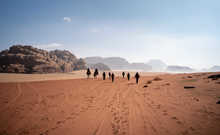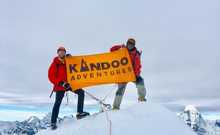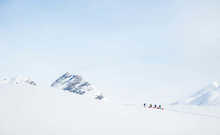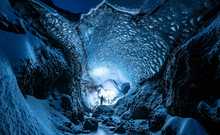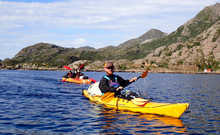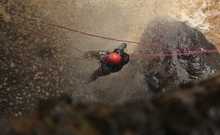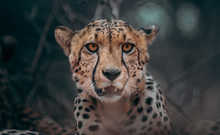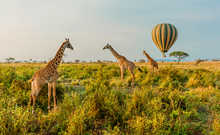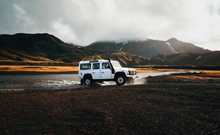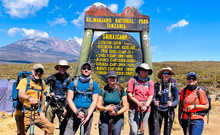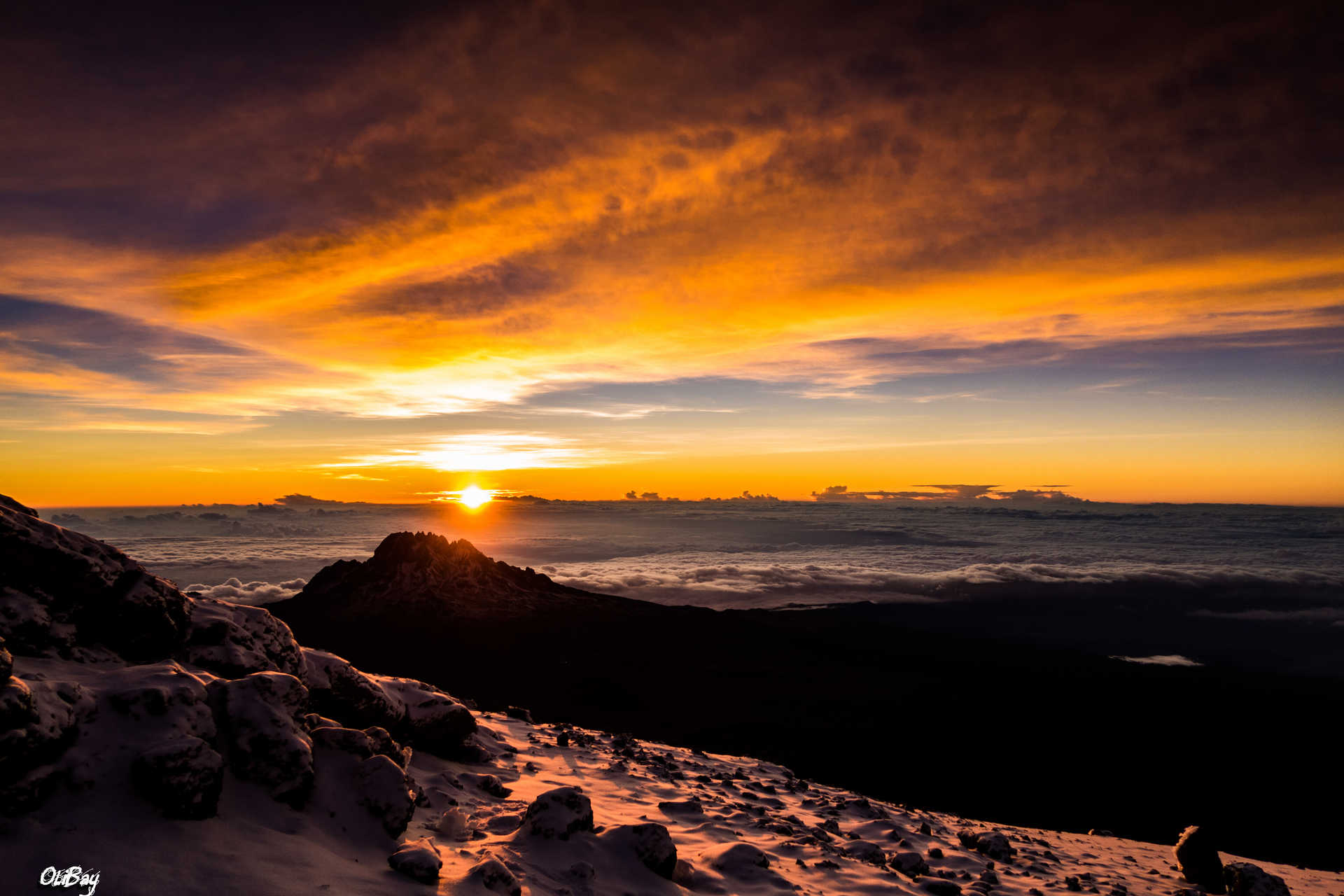Our equipment recommendations for climbing Kilimanjaro
Basic Equipment

Waterproof duffle bag:
To carry your main gear we recommend using a 110-120L duffle bag.

Daypack:
Your main gear will be carried by a porter (up to 15kg) .You will need to carry your own daypack. 30-40L is sufficient. We recommend Osprey daypacks.

Sleeping bag:
You will need a 4-season or -20 Deg C sleeping bag and compression sack. We recommend Mountain Hardwear or The North Face sleeping bags. You can hire sleeping bags from our team in Tanzania

Trekking poles:
Trekking poles can reduce the impact on your joints by up to 20%. They are great for going down Kili! We recommend adjustable Black Diamond trekking poles

Water bottles:
Capacity to carry at least 2 litres of water. Wide-mouthed nalgene bottles are required as they are less likely to freeze than bladders. A neoprene cover is advisable to help insulate the bottle at higher elevations
Head

Sun hat:
Preferably wide-brimmed for protection, and with a neck cover if you aren't going to be using a neck gaiter

Warm beanie style hat:
Go for a version of beanie that is either knitted or fleeced for extra warmth. Thin enough to fit under your climbing helmet

Neck gaiter or balaclava:
It can get dusty on Kilimanjaro. We recommend bringing a neck gaiter or bandana. The most versatile options are made by Buff or Hoo-Rag Headwear

Sunglasses:
Choose a pair of high UV protection glasses as sun intensity above 4,500m is very high. Julbo are a great mountain sunglass brand but any brand with high UV protection will suffice

Headlamp:
You will need a headlamp with good light output for any late night toilet journeys, and importantly for summit night. Petzl make market-leading and affordable headlamps
Hands and Feet

Lightweight gloves:
For daily use we recommend lightweight, fleece or quick drying fabric gloves. Berghaus and The North Face make good lightweight gloves

Summit mittens:
Insulated heavyweight mittens with safety straps that fit over your liner gloves to provide additional warmth and wind protection. They have to be warm and extremely weather-proof

Socks:
3-4 pairs of outer socks and 2-3 pairs of liner socks. We also recommend bringing 1 x thick thermal socks for summit night. Merino wool is the best material and Bridgedale or Smartwool make good trekking socks

Training shoes:
To wear around camp after a day's trek we recommend bringing a pair of training shoes or sandals

Trekking boots:
We recommend using a mid-weight trekking boots with good ankle support. Recommended brands include: Salomon, Scarpa, Hi-Tec and Merrell

Gaiters:
Help keep your trousers clean in wet and muddy or dusty conditions.
Upper Body

Thermal base layer:
2 x thermal base layer, ideally made from merino wool. No cotton. Recommended brand is Icebreaker

Long sleeved shirt:
Go for a light or medium weight, moisture wicking long sleeve shirt (x2). Icebreaker, Berghaus and Under Armour make great breathable trekking shirts.

Fleece or Soft shell jacket:
A mid-weight polartec fleece jacket is ideal for Kilimanjaro. Berghaus, Helly Hansen and The North Face all make great fleeces

Hard shell outer jacket:
A water/windproof hard shell outer jacket to protect you from the elements. Goretex material is best. Recommended brands include The North Face, Arc'teryx, Berghaus and Mountain Hardwear

Insulated jacket:
A good quality and warm down or primaloft jacket is required for the cold nights and summit push. Recommended brands include The North Face, Rab, Arc'Teryx and Mountain Hardwear
Legs

Base layer:
'Lightweight' or 'silk weight' base layer for your legs. Merino wool is preferable. Recommended brand is Icebreaker

Trekking trousers:
Light or medium weight (x1) trekking trousers. Convertible trousers are an option. Recommended brands include Craghoppers and Columbia

Hard shell trousers:
To protect yourself from the elements you need a good pair of waterproof / windproof hard shell trousers. Ideally Goretex. Patagonia, The North Face and Arc'teryx make good outer trousers
Odds and Sods

Toothbrush and toothpaste:
Ideally travel size

Wet wipes and hand sanitizer:
Staying clean on an Aconcagua climb can be challenging. Wet wipes and hand sanitizer are a huge help

Personal medicines and medical kit:
We recommend bringing Paracetamol and Imodium at a minimum

Pee bottle (optional):
Useful for late night toilet needs when it is freezing outside

Ear plugs:
For light sleepers. Snoring can be pretty bad in camp

Personal snacks:
Boiled sweets, nuts, energy bars and dried fruit are all a good shout

Dry bag:
Only required if your main duffle bag or rucksack is not waterproof. Sturdy rubble sacks will also help to keep your kit dry

Camera and spare batteries:
Unless you are a keen photographer we recommend taking a good quality and lightweight point and shoot camera like the Panasonic Lumix.

Plug adapter:
A plug adapter for charging your devices in the hotels before and after the climb. The standard voltage and frequency in Argentina is 220 V and 50 Hz respectively. The power sockets that are used are of type C and I
